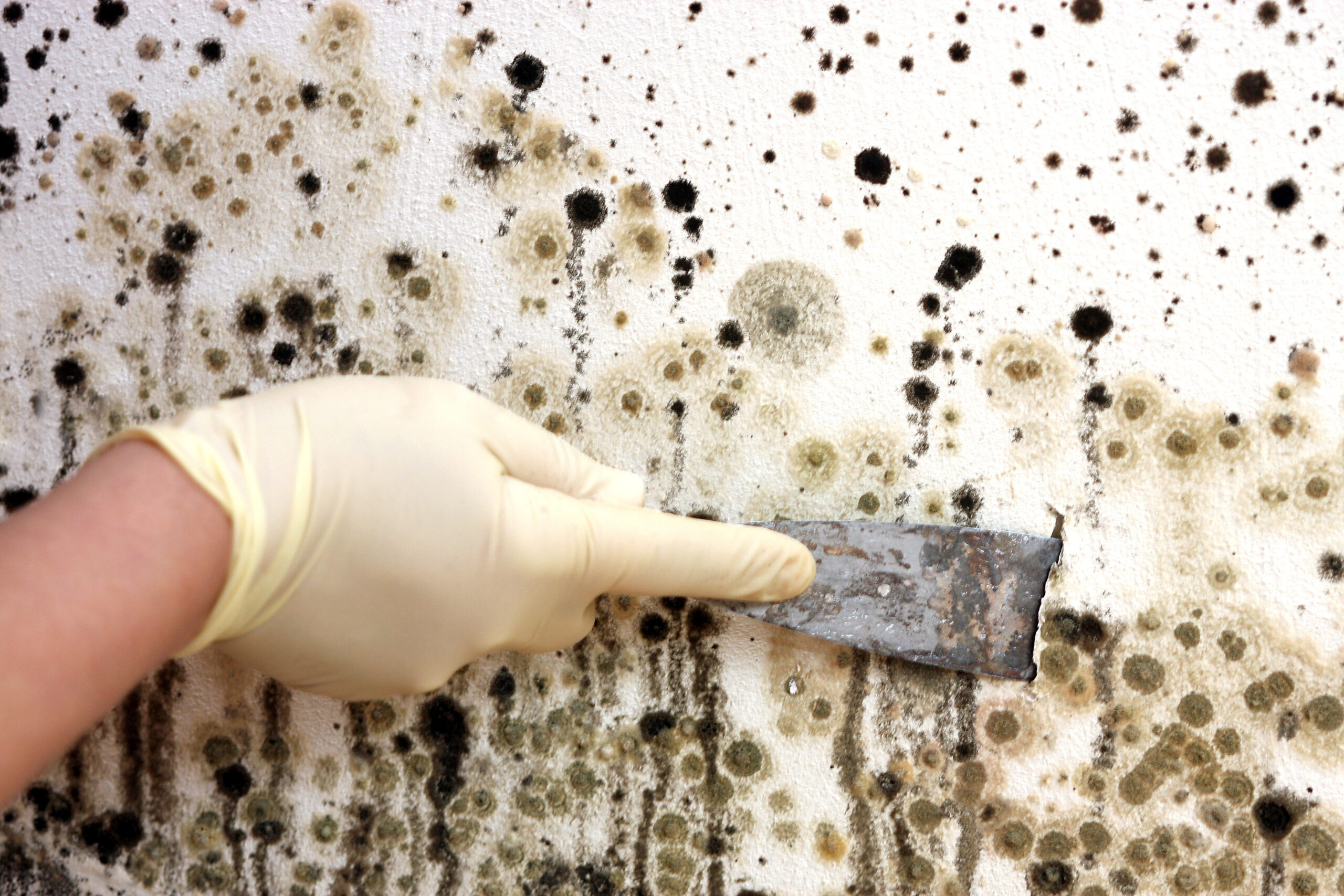The Impact of Mold Exposure
Mold exposure, and specifically the mycotoxins mold produces, can lead to various detrimental health effects throughout the body.
One major system that is a key battleground in the fight against mold toxicity and is often overlooked, is the nervous system.
Mycotoxins inflame the nerve tissues and the brain, resulting in numerous neurological symptoms.
After the initial triggering event (mold exposure), the nervous system continues to be stimulated.
The toxins can trigger a continuous loop that tells the brain there is a problem. This results in chronic inflammation.

Does Your Nervous System Get Effected By Mold?
Some common symptoms of mold affecting the nervous system are:
-anxiety
-depression
-trouble concentrating/brain fog
-heart palpitations
-headaches
-digestive disruption
-feelings of overwhelm
-sleep disturbances
-chronic body pain
Additionally, when the nervous system is affected, patients often enter a chronic state of hypervigilance and become even more reactive to mold than previously. The cumulative effects of the nervous system being affected by the mycotoxins and the trauma that comes with mold illness often create a chronic fight-or-flight pattern, making it challenging to recover from mold illness. An overactive nervous system creates chaos in the body and can lead to downstream effects such as chronic viruses, parasites, and other pathogens taking over and weakening the host further.
Recovery
An imperative part of overcoming mold illness for many, is working on rewiring the limbic system. The goal is to get the body into a parasympathetic state for longer periods, allowing the body to be able to actually heal. Calming the nervous system can also make patients less reactive to mold over time. Of course, it is also important to ensure one isn’t living in a moldy environment and is actively doing treatment to bind mycotoxins in the body. The cumulative approach of addressing the nervous system and actively addressing mycotoxins, often is the key to success. Calming the nervous system often makes patients more responsive to mold treatment protocols and more able to detox out the residual toxins.
Some ways to address the nervous system response include optimizing restorative sleep, prioritizing circadian rhythm (viewing sunrise and sunset), meditation, breathing exercises, journaling, minimizing time spent looking at blue light (cell phone screens), time spent in nature, walking or other forms of gentle exercise, surrounding oneself with a positive community, and prioritizing joy. If one is unable to get out of the chronic fight or flight state with the above methods, somatic therapy, and intensive trauma work can be beneficial.
Conclusion
Mold affects the nervous system in a myriad of ways. Allowing the body to rest and restore through nervous system regulation can play a pivotal role in restoring health and lessening reactivity after mold illness.
Sources:
Author links open overlay panel Cheryl F. Harding a b, a, b, c, d, e, f, Highlights•Mold inhalation caused hippocampal immune activation and decreased neurogenesis.•Mold inhalation altered memory, AbstractIndividuals living or working in moldy buildings complain of a variety of health problems including pain, Bilbo, S. D., Blaustein, J. D., Bohlen, M., Dantzer, R., Fanselow, M. S., Jones, M. E., Ratnaseelan, A. M., Ren, K., Schwabe, L., Shapiro, L. A., … Gordon, W. A. (2019, November 18). Mold inhalation causes innate immune activation, neural, cognitive and emotional dysfunction. Brain, Behavior, and Immunity. https://www.sciencedirect.com/science/article/abs/pii/S0889159119303010
Mold and mycotoxin exposure and brain disorders. (n.d.). https://article.imrpress.com/journal/ JIN/22/6/10.31083/j.jin2206137/8974a357dc240450ca93c7008ade075c.pdf

